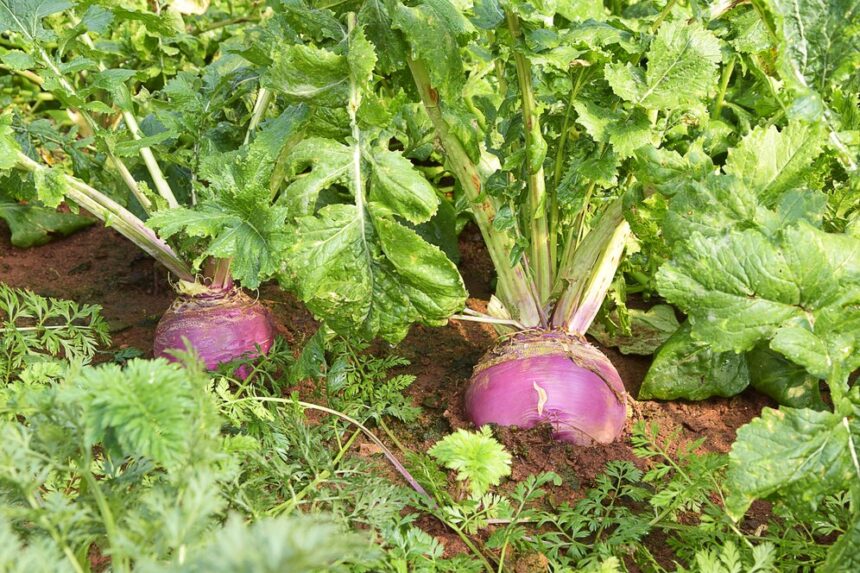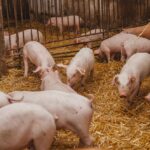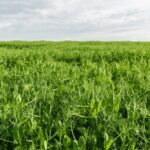Cover crops play a crucial role in sustainable agriculture by enhancing soil fertility, preventing erosion, and improving soil structure. These crops are grown primarily to benefit the soil rather than for harvest. Choosing the right cover crops can significantly improve nutrient availability, organic matter content, and microbial activity. Below are some of the best cover crops for enhancing soil fertility.
1. Leguminous Cover Crops (Nitrogen Fixation)
Legumes are highly effective at improving soil fertility as they fix atmospheric nitrogen into the soil, reducing the need for synthetic fertilizers.
- Clover (Trifolium spp.) – White and red clover are excellent nitrogen fixers that also prevent soil erosion.
- Alfalfa (Medicago sativa) – A deep-rooted perennial that improves soil aeration and adds nitrogen.
- Cowpea (Vigna unguiculata) – Thrives in warm climates and contributes to nitrogen enrichment.
- Lupins (Lupinus spp.) – Grows well in sandy soils, providing a nitrogen boost and organic matter.
2. Grass Cover Crops (Soil Structure and Erosion Control)
Grass cover crops enhance soil structure, prevent erosion, and contribute organic material upon decomposition.
- Rye (Secale cereale) – A winter-hardy cover crop that improves soil structure and suppresses weeds.
- Oats (Avena sativa) – Grows quickly and provides excellent biomass for organic matter buildup.
- Barley (Hordeum vulgare) – A good soil conditioner that reduces erosion and conserves moisture.
3. Brassica Cover Crops (Soil Health and Pest Control)
Brassicas are effective at breaking up compacted soils and suppressing soil-borne pests and diseases.
- Radish (Raphanus sativus, e.g., Daikon radish) – Penetrates deep into the soil, improving aeration and nutrient cycling.
- Mustard (Brassica spp.) – Releases biofumigant compounds that help control soil pathogens and pests.
- Turnips (Brassica rapa) – Adds organic matter and improves soil structure.
4. Mixed Cover Crops (Diverse Soil Benefits)
Combining different types of cover crops can maximize soil fertility benefits by incorporating nitrogen fixation, biomass accumulation, and soil structure improvement.
- Clover and Rye Mix – Provides nitrogen fixation and erosion control.
- Oats and Vetch (Vicia spp.) – Enhances organic matter and nitrogen availability.
- Radish, Mustard, and Rye – Improves soil aeration, nutrient cycling, and weed suppression.
5. Cover Crops for Moisture Retention and Weed Suppression
- Sorghum-Sudangrass (Sorghum × drummondii) – Grows rapidly, adding biomass and reducing weed pressure.
- Buckwheat (Fagopyrum esculentum) – Improves phosphorus availability and suppresses weeds effectively.
Selecting the right cover crop depends on soil type, climate, and farming objectives. Leguminous crops enhance nitrogen levels, grasses improve soil structure, and brassicas control pests and diseases. A strategic combination of cover crops can maximize soil fertility, reduce the need for chemical inputs, and promote long-term soil health. By integrating these crops into farming systems, farmers can build more resilient and productive soils.
Join 'Farmers Mag' WhatsApp Channel
Get the latest Farming news and tips delivered straight to your WhatsApp
CLICK HERE TO JOIN






